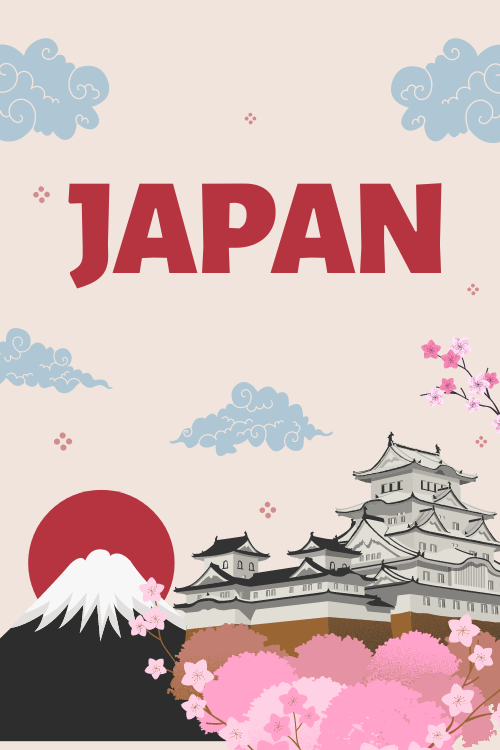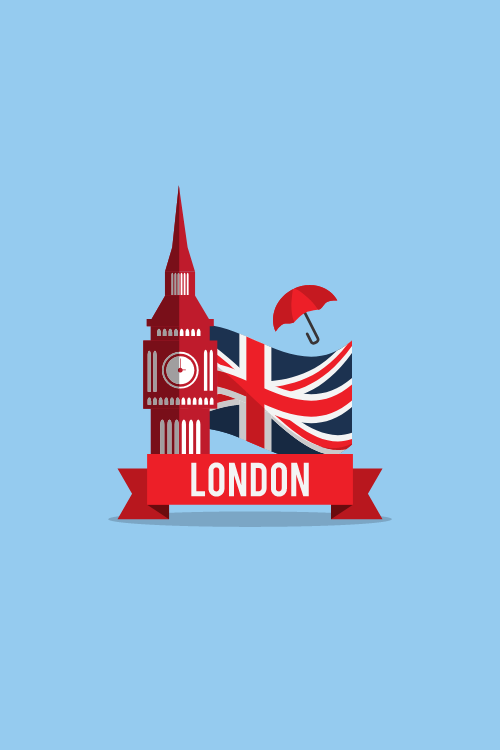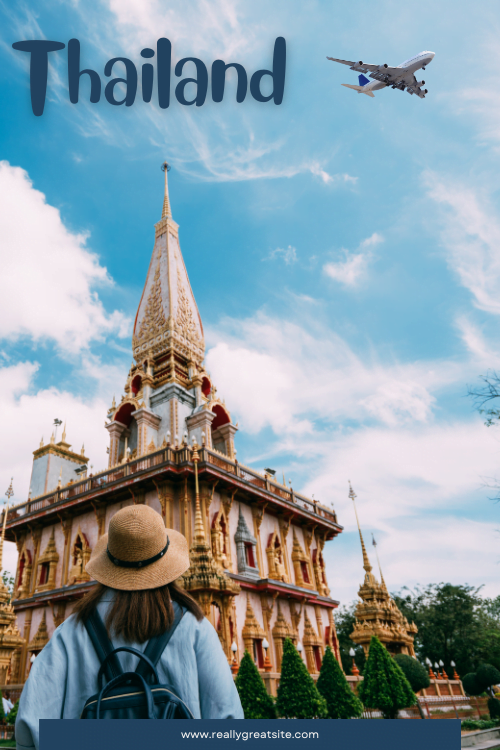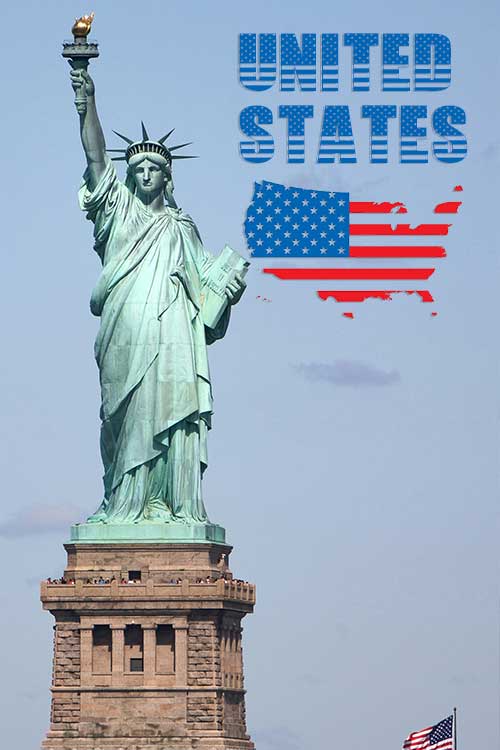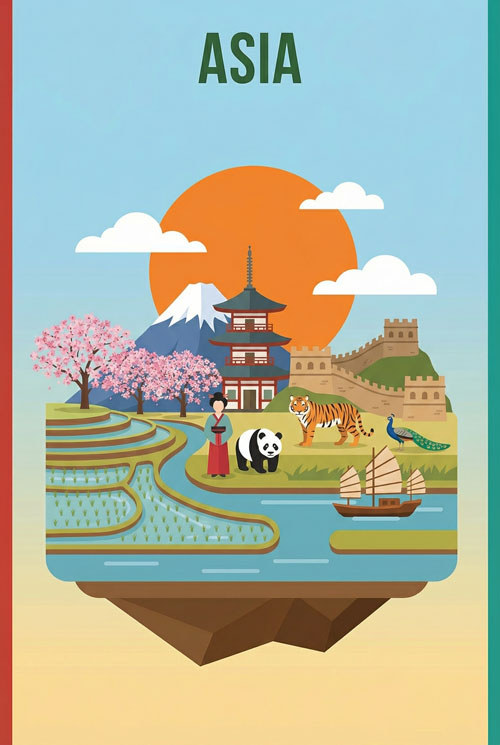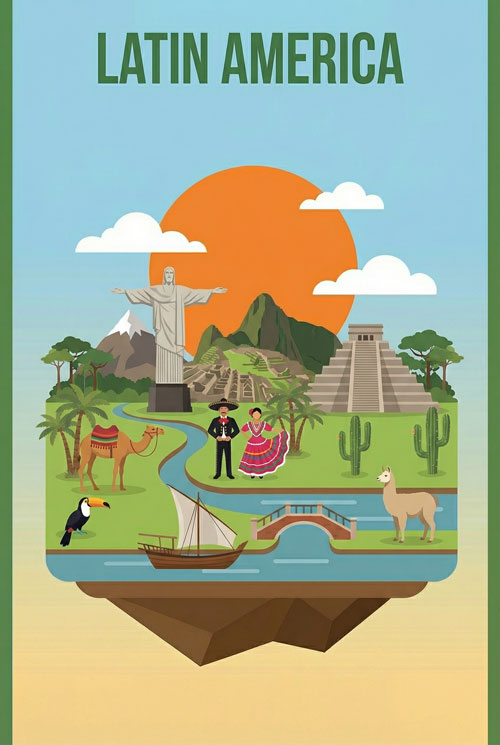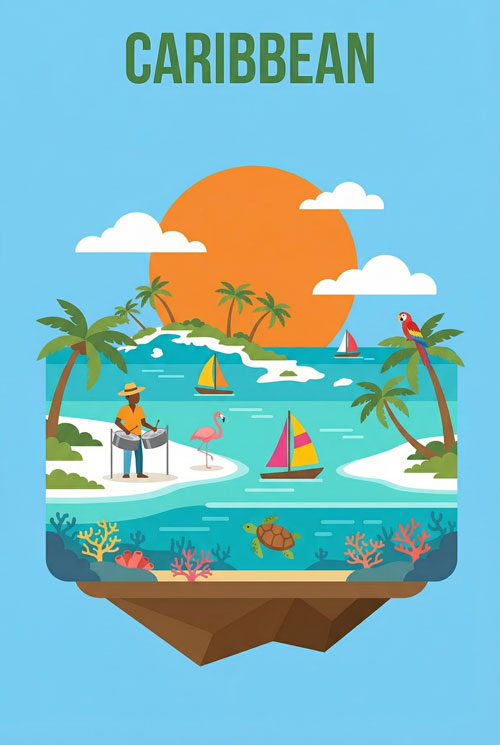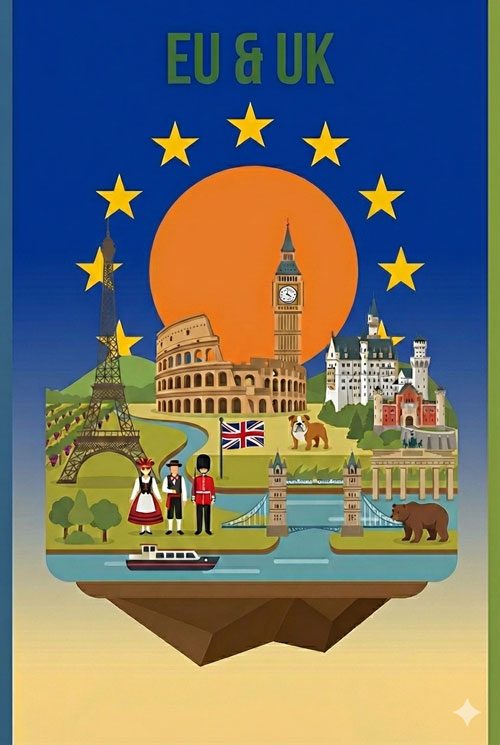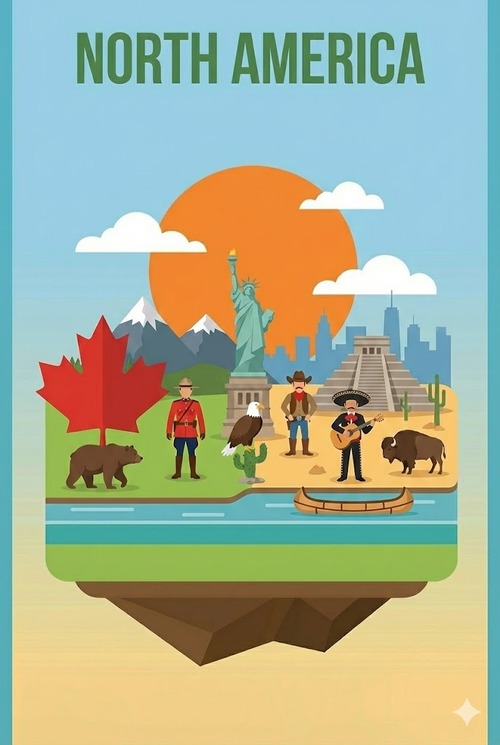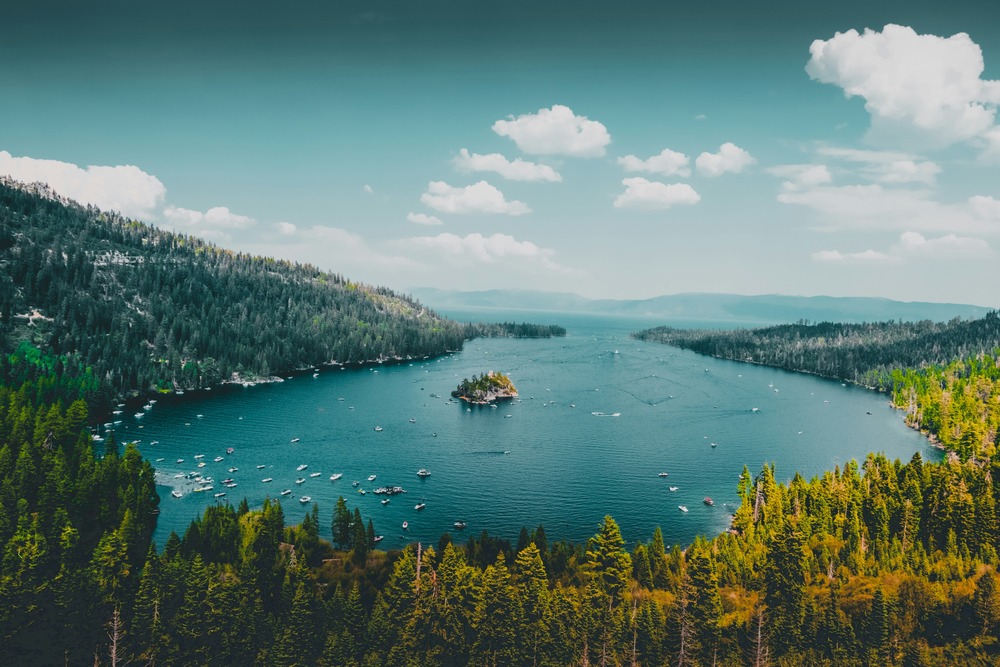eSIM USA
Best Time To Visit Lake Tahoe
Lake Tahoe, often described as a magical place where the mountains meet the sky and the water shimmers with an unparalleled shade of blue, presents a compelling allure to travelers.
However, determining the “best” time to experience this alpine wonderland is a subjective endeavor, heavily dependent on individual priorities, whether one seeks thrilling adventures, serene solitude, budget-friendly options, or specific seasonal activities.
This guide aims to provide a comprehensive, data-driven analysis of Lake Tahoe through its distinct seasons. It will delve into critical factors such as prevailing weather conditions, expected crowd densities, the spectrum of available activities, and unique seasonal attractions.
By examining these elements, prospective visitors can gain the clarity needed to identify their optimal time to visit this iconic destination. While a summary comparison of seasons offers a quick overview, the true value lies in understanding the nuanced characteristics of each period, enabling an informed decision aligned with personal travel goals.
Understanding Lake Tahoe’s Appeal: Why “When” You Visit Matters
Lake Tahoe’s unique geography, nestled high in the Sierra Nevada and straddling the border between California and Nevada, contributes significantly to its year-round appeal and the importance of timing a visit. Its renowned clear waters and impressive depth are framed by an alpine environment that undergoes dramatic transformations with each passing season. These shifts not only alter the landscape’s visual character but also dictate the types of experiences readily available to visitors.
To navigate these seasonal variations effectively, several key factors must be considered when planning a trip. Understanding how these elements interact will help frame expectations and guide the decision-making process:
- Weather and Temperatures: The alpine climate ensures distinct seasonal weather patterns, from warm, sunny summers ideal for water activities to cold, snowy winters perfect for snow sports.
- Crowd Levels and Tourist Density: Peak seasons, particularly summer, attract large numbers of visitors, leading to more vibrant energy but also potential congestion at popular sites and higher demand for services. Shoulder seasons like spring and fall generally offer a quieter experience.
- Available Activities: The range of activities shifts dramatically with the seasons. Summer is prime for beach-going, boating, and hiking, while winter is dominated by skiing, snowboarding, and other snow-related pursuits.
- Accommodation Prices and Availability: Demand directly influences lodging costs and availability. Peak seasons typically see higher prices and require more advance booking, whereas off-peak periods may present more budget-friendly options.
- Natural Beauty and Scenery: Each season offers its own visual splendor, from the vibrant wildflowers of late spring and the sun-drenched blues of summer to the golden aspens of autumn and the pristine snowscapes of winter.
By evaluating each season against these criteria, travelers can better align their visit with their personal preferences and priorities. This structured approach moves beyond a simple “best time” declaration, empowering individuals to choose the period that best suits their desired Lake Tahoe experience.
Lake Tahoe Seasons at a Glance
For a quick comparison, the following table summarizes the key characteristics of each season in Lake Tahoe. This overview can help narrow down options based on primary interests before exploring the more detailed descriptions that follow. Discerning which factors—be it weather, crowd avoidance, or specific activities—are most important will make this table a useful preliminary guide.
| Season | Typical Weather | Crowd Level | Key Activities | Pros | Cons |
| Spring (March-May) | Unpredictable; early cold/snow, late mild (50s-60s°F) | Low-Medium | Late-season skiing, early hiking, photography, fewer crowds | Fewer crowds, potential for mixed activities, blooming wildflowers, lower prices | Unpredictable weather, “mud season,” some attractions/trails may be closed or inaccessible |
| Summer (June-August) | Warm, sunny days (highs ~77°F), cool nights | High | Water sports, hiking, biking, beaches, festivals | Best weather for water activities, all attractions open, vibrant, long days | Largest crowds, highest prices, popular spots congested |
| Fall (Sept-Nov) | Mild, crisp days (40s-60s°F), cool nights | Low-Medium | Fall foliage viewing, hiking, mountain biking, quieter lake activities | Fewer crowds, beautiful colors, pleasant weather, potential lodging deals | Shorter days, some businesses limited hours, fewer water sports options |
| Winter (Dec-Feb) | Cold, snowy (highs ~39°F in Jan) | Medium-High | Skiing, snowboarding, snowshoeing, cozy activities | Excellent for winter sports, stunning snowy scenery, cozy atmosphere | Cold weather, potential travel disruptions, crowded ski areas, requires special gear |
This table serves as an initial filter. For instance, a traveler prioritizing solitude and budget above all else might immediately gravitate towards spring or fall, while someone for whom water sports are non-negotiable will likely focus on summer, despite the associated crowds and costs. The subsequent sections will provide the depth needed to confirm these initial leanings or explore alternatives.
This “Invisible” SIM Card is Saving Ordinary Travellers Hundreds on International Trips
You see those travelers glide through airport arrivals – calm, internet connected, already booking their ride-share while others are frantically searching for Wi-Fi or queuing at chaotic phone kiosks…
What’s their secret?
When you travel overseas you’re either paying insanely high data-roaming fees from your home carrier or frantically hunting down some local SIM card kiosk the second you land, wasting precious vacation time just trying to get your phone working.
One leaves you with a bill that leaves a sour taste in your mouth after a great trip. The other eats into your actual holiday, causing stress and hassle when you should be exploring.
But what if I told you that ordinary travelers just like you have figured out a way to completely bypass this frustrating experience?
They’re using something most travelers don’t even know exists… a kind of “invisible” SIM card technology that you likely already have on your phone right now.
And it’s allowing them to tap into super-cheap, high-speed data anywhere in the world… without swapping cards, without visiting a store, and without getting ripped off.
It’s called an eSIM.
And eSIM4.com makes getting one simple.
Here’s how it works:
- Step 1: Go to eSIM4.com.
- Step 2: You pick your destination, choose a data plan.
- Step 3: We send you a simple QR code. You scan it with your phone’s camera.
Your new travel SIM is installed in under 3 minutes!
The moment your plane’s wheels hit the tarmac overseas? Your phone instantly connects to a fast, local network.
No queues. No fumbling with tiny plastic chips. No nasty bill shock.
Just seamless, affordable data letting you use Google Maps, WhatsApp, Uber, Instagram… whatever you need… right away.
This is how travel is supposed to work. And it’s saving people like you hundreds of dollars on a single trip.
Stop letting the big phone companies treat your travel budget like their personal ATM. Stop wasting your valuable vacation time being disconnected or stressed.
Join the smart travelers who’ve already made the switch.
CLICK HERE TO GET STARTEDSummer in Lake Tahoe (June – August):
Summer in Lake Tahoe is often described as “the belle of the ball”, a period characterized by warm, sunny days and pleasantly cool nights, making it the most popular time to visit. Average high temperatures hover around an agreeable 77.2°F (25.1°C) in August, creating ideal conditions for a wide array of outdoor pursuits.
Activities and Attractions:
The warm weather opens up the full spectrum of Lake Tahoe’s recreational offerings. Water sports are a primary draw, with opportunities for beach lounging, boating, kayaking, and paddleboarding readily available. Popular beaches such as Kings Beach, Chimney Beach, Hidden Beach, and the highly favored Sand Harbor State Park—which offers a boat launch and picnic areas—become bustling hubs of activity. For those seeking more adventurous water activities, whitewater rafting on the nearby Truckee River is a popular option, particularly in early summer.
On land, hiking and biking trails are in their prime, with flora in full bloom. Notable trails include the Flume Trail and the various paths within Emerald Bay State Park, offering panoramic views. Cultural events also mark the summer calendar, with the Lake Tahoe Shakespeare Festival at Sand Harbor being a significant attraction during July and August. Furthermore, resorts like Heavenly expand their offerings to include summer activities such as scenic gondola rides, mountain coasters, and ziplining.
Crowds, Costs, and Considerations:
The popularity of summer comes with attendant challenges. Visitors should expect significant crowds, especially on weekends, and higher prices for accommodations and some services. This necessitates careful planning and advance bookings for lodging and popular activities to avoid disappointment. For sought-after locations like Sand Harbor, arriving early is crucial; reports suggest that by 8 a.m. on a Saturday, a line can already be forming, with parking becoming scarce soon after.
The high season means that nearly all businesses and attractions are fully operational, providing the widest array of choices. However, this can also translate to longer wait times and a generally more hurried pace in popular areas.
Pros:
- Optimal weather for the full range of water and land activities.
- All attractions, tours, and seasonal businesses are typically open.
- Vibrant atmosphere with numerous events and festivals.
- Long daylight hours maximize opportunities for exploration.
Cons:
- Largest crowds of the year, leading to congestion.
- Highest prices for accommodations and some activities.
- Popular spots can feel overcrowded, diminishing the sense of tranquility.
Who is Summer Best For?
Summer is particularly well-suited for families seeking a wide variety of activities, beach lovers, watersports enthusiasts, and first-time visitors who wish to experience the full spectrum of what Lake Tahoe has to offer. It also appeals to those who enjoy a lively, energetic atmosphere and don’t mind planning extensively to navigate the peak season’s demands.
Fall in Lake Tahoe (September – November)
Autumn transforms Lake Tahoe into a scene often likened to a postcard, offering a period of tranquility and stunning natural beauty. As the summer vibrancy subsides, the region takes on a more peaceful character, complemented by the brilliant hues of changing foliage.
Weather and Scenery:
The weather in fall is generally mild during the day with cooler evenings, creating comfortable conditions for outdoor exploration. Temperatures typically range between the 40s and 60s Fahrenheit. The most striking feature of this season is the fall foliage, as aspen groves scattered around the area turn brilliant shades of gold, orange, and yellow, providing a breathtaking backdrop for any activity. Hikes during this period are often described as a “breathtakingly beautiful experience”.
Activities and Attractions:
Hiking and mountain biking are prime activities in the fall, with pleasant temperatures and the aforementioned stunning scenery. The calmer lake waters, weather permitting, can still be enjoyed for kayaking and paddleboarding, offering a more serene experience than in the bustling summer months. This season is one of the best times to visit if the goal is to avoid large tourist numbers.
Crowds, Costs, and Considerations:
A significant advantage of visiting in the fall is the marked decrease in summer crowds. This reduction in visitor numbers can lead to a more relaxed atmosphere and potentially lower accommodation costs. However, this quieter period also comes with certain trade-offs. It’s important for visitors to be aware that many businesses may begin to operate on limited hours, and some recreational activities, particularly those heavily reliant on summer weather, might be closed or unavailable. Therefore, while the peace and beauty are appealing, some spontaneity might need to be tempered with due diligence in checking the operating schedules of desired attractions or services, especially later in the season.
Pros:
- Significantly fewer crowds compared to summer, offering a more peaceful experience.
- Stunning fall colors provide exceptional scenic beauty, especially for photography and hiking.
- Pleasant, crisp weather ideal for many outdoor activities.
- Potential for better deals on lodging and less competition for popular spots.
Cons:
- Shorter daylight hours compared to summer.
- Some businesses, restaurants, and recreational outfitters may have reduced hours or be closed for the season.
- Weather can become more variable and cooler as winter approaches, particularly in November.
Who is Fall Best For?
Fall is an excellent choice for photographers, avid hikers, and couples seeking a romantic and scenic getaway. It also appeals to budget-conscious travelers who prioritize tranquility and natural beauty over having every single summer attraction available. Those who appreciate a slower pace and the aesthetic splendor of autumn will find this season particularly rewarding, provided they are prepared for the possibility of some services being less available.
Winter in Lake Tahoe (December – February)
Winter drapes Lake Tahoe in a blanket of white, transforming it into a veritable “winter sports paradise” and a “winter wonderland”. This season is defined by its cold temperatures, abundant snowfall, and a distinct shift in recreational focus towards snow-based activities.
Weather and Conditions:
The climate during these months is characteristically cold and snowy. The average high temperature in January, typically the coldest month, is around 38.7°F (3.7°C). Most of the region’s annual precipitation occurs as snow between November and April, ensuring a deep snowpack ideal for winter sports. The landscape becomes “other-wordly”, with snow-covered pines and the frosted Sierra Nevada mountains towering over the deep blue water, creating a unique “VIBE”.
Activities and Attractions:
Skiing and snowboarding are the premier attractions, with Lake Tahoe boasting world-class resorts. Notable ski areas include Palisades Tahoe, with over 6,000 skiable acres catering to various skill levels, as well as Diamond Peak and Mt. Rose. Beyond downhill skiing, opportunities abound for cross-country skiing and snowshoeing, allowing exploration of the serene, snow-covered backcountry. Snowmobiling is another popular activity for those seeking a motorized adventure. For a unique experience, winter kayaking is possible, though it requires specialized gear like dry suits and gloves to cope with the cold water and air temperatures. Off the slopes, the cozy ambiance of lodges, coupled with après-ski culture, provides a warm respite.
Crowds, Costs, and Considerations:
Winter is a popular time to visit, particularly around holiday periods and at the major ski resorts. Consequently, accommodation near ski areas can be expensive and may require booking well in advance. The primary consideration for a winter visit is the weather, which can be harsh at times. Travel can become tricky due to road conditions; snowstorms can lead to road closures or the mandatory use of tire chains or 4WD/AWD vehicles. This necessitates careful planning, flexibility in travel schedules, and ensuring vehicles are adequately prepared for winter mountain driving.
Pros:
- Excellent conditions for a wide array of winter sports, especially skiing and snowboarding.
- Stunningly beautiful snowy landscapes offer unique photographic opportunities.
- Cozy and festive atmosphere, particularly in resort villages.
Cons:
- Cold weather requires appropriate attire and gear.
- Potential for significant travel disruptions due to snow and icy road conditions.
- Can be crowded in popular ski areas, especially during peak weekends and holidays.
- Higher costs for lodging and activities centered around ski resorts.
Who is Winter Best For?
Winter in Lake Tahoe is tailor-made for skiers, snowboarders, and all enthusiasts of winter sports. It also appeals to those who cherish dramatic snowy scenery and a cozy, alpine atmosphere, and who are prepared for the challenges of cold weather and potential travel complexities. Visitors must be proactive in checking weather forecasts and road conditions and come equipped for a true winter experience.
Spring in Lake Tahoe (March – May)
Spring in Lake Tahoe is often regarded as the “unsung hero” of the seasons, a period of “rebirth and renewal” where the landscape undergoes a fascinating transformation from winter’s grip to summer’s bloom. This transitional nature makes it a unique, albeit sometimes unpredictable, time to visit.
Weather and Conditions:
The hallmark of spring weather in Lake Tahoe is its unpredictability and significant fluctuation. Early spring, particularly in March, can still feel very much like winter, with freezing temperatures and lingering snowpack, especially at higher elevations. As the season progresses into April and May, temperatures generally rise into the 50s and 60s Fahrenheit. One day might offer bright sunshine, while the next could bring a surprise snow flurry. This period also sees significant snowmelt, leading to increased runoff in late spring and early summer, which can swell rivers and waterfalls. Spring can also experience more rainfall than other times of the year, potentially leading to what is colloquially known as “mud season” as trails begin to thaw.
Activities and Attractions:
The duality of spring offers a unique blend of activities. Early in the season, late-season skiing can still be enjoyed, often with the benefit of fewer crowds on the slopes as the main ski season winds down, typically by mid-April. As snow recedes at lower elevations, early hiking and biking trails begin to open up, offering glimpses of emerging greenery and, later in spring, blooming wildflowers. Photography enthusiasts can capture the dynamic scenery of melting snow, flowing creeks, and the gradual greening of the landscape. A significant advantage of visiting in spring is the generally lower crowd levels compared to peak seasons.
Crowds, Costs, and Considerations:
With fewer tourists, spring often presents opportunities for more solitude and potentially better deals on accommodations. However, the unpredictable weather is a primary consideration. Visitors must be prepared for a wide range of conditions and pack accordingly. The “mud season” can make some hiking trails less appealing or accessible. Furthermore, some summer-focused attractions and activities may not yet be operational. Having a list of potential rainy-day activities or indoor alternatives can be beneficial.
The very nature of spring—a time of transition—means that conditions can change rapidly. What might be a skiable slope one week could be a budding hiking trail a few weeks later. This variability requires a flexible mindset from visitors.
Pros:
- Significantly fewer crowds, leading to a quieter and more peaceful experience.
- Potential for both late-season skiing (“corn skiing”) and early spring outdoor activities like hiking.
- Emergence of wildflowers and green landscapes later in the season.
- Often lower prices for accommodations and other services.
Cons:
- Highly unpredictable weather, with possibilities of rain, snow, or sunshine, sometimes all in a short period.
- “Mud season” can affect trail conditions and accessibility.
- Some attractions, trails, or seasonal businesses may still be closed or have limited operations.
- Lake water temperatures remain very cold.
Who is Spring Best For?
Spring in Lake Tahoe is ideal for flexible travelers who don’t mind a degree of uncertainty in exchange for solitude and potentially lower costs. It appeals to late-season skiers looking for uncrowded slopes and those who enjoy witnessing the dramatic shift from winter to spring. Budget-conscious visitors who are prepared for variable conditions and are not set on a specific roster of summer activities may find spring to be a rewarding “wild card” option.
Special Considerations for Your Tahoe Trip
While the four distinct seasons provide a broad framework for planning, certain activities and preferences may call for more specific timing considerations. Understanding these nuances can further refine the choice of when to visit Lake Tahoe.
Best Time for Specific Activities:
- Kayaking/Paddling: While kayaking can be a year-round activity in Lake Tahoe, the spring and summer months are often preferred for their crystal blue, sparkling waters and radiant sunshine. For the calmest conditions and to avoid typical afternoon winds and waves, it is generally best to paddle in the morning, early afternoon, or at sunset. The East Shore Trail area is noted for offering calmer waters, providing a peaceful escape with striking mountain backdrops and access to hidden beaches. For those venturing out in winter, specialized gear such as dry suits and gloves is essential due to the cold.
- Hiking: Summer offers the most extensive access to the trail network, including high-elevation routes. Fall is highly recommended for hiking due to pleasant temperatures, fewer crowds, and the spectacular fall colors. Spring can be rewarding for wildflower viewing as snow melts, but hikers should be prepared for potential mud and lingering snow patches on some trails.
- Skiing/Snowboarding: The heart of winter, particularly January and February, typically offers the best snow conditions and the deepest base. However, early winter (December) and late spring (March, sometimes early April) can provide excellent skiing with the added benefit of fewer crowds on the slopes.
- Avoiding Crowds: For those prioritizing a quieter experience, the shoulder seasons of spring (specifically April and May) and fall (September through November) are consistently cited as the best times to visit. During these periods, the natural beauty can be enjoyed without the peak season congestion.
- Budget Travel: The shoulder seasons of spring and fall generally offer more competitive pricing for accommodations and sometimes activities, as demand is lower than in peak summer or winter.
- Fall Colors: The prime window for viewing Lake Tahoe’s vibrant fall foliage, particularly the golden aspens, is typically from late September through October.
North Lake Tahoe vs. South Lake Tahoe:
The available information indicates distinct areas such as North Lake Tahoe and South Lake Tahoe, each with its own character. While the general seasonal advice regarding weather and primary activities applies broadly across the lake, nuances might exist.
For instance, South Lake Tahoe is often associated with more casinos and a livelier nightlife, whereas North Lake Tahoe may offer a quieter, more town-centric atmosphere. The “best time” might subtly shift based on specific events or microclimates dominant in one area versus the other during certain weeks.
A truly comprehensive visit plan might involve checking local event calendars for both the North and South shores to see if specific festivals or conditions align better with travel dates. However, for the core considerations of weather, crowds, and general activity types, the seasonal breakdowns provided are largely applicable to the entire Lake Tahoe basin.
Practical Tips for Planning Your Visit (Regardless of Season)
Regardless of when one chooses to visit Lake Tahoe, a few practical tips can enhance the experience and help mitigate potential challenges common to a popular, high-altitude destination.
- Book Accommodations and Activities in Advance: This is especially crucial if traveling during peak summer months or winter holidays and ski weekends. Popular lodging options and tours can fill up quickly.
- Check Weather and Road Conditions Frequently: Mountain weather is notoriously changeable and can shift rapidly, even within a single day. Before and during the trip, regularly check updated weather forecasts and road conditions, particularly in winter and spring when snow, ice, or rain can impact travel and accessibility.
- Pack in Layers: Due to fluctuating temperatures throughout the day, changes in elevation, and varied microclimates around the lake, dressing in layers is highly advisable. This allows for adjustments to stay comfortable whether hiking in the sun or experiencing a cool evening breeze.
- Be Aware of Altitude: Lake Tahoe sits at a significant elevation (over 6,200 feet at lake level, with surrounding peaks much higher). Visitors arriving from lower elevations should allow their bodies time to acclimatize. It’s advisable to take it easy on the first day, stay well-hydrated, and avoid overexertion until adjusted.
- Practice Leave No Trace Principles: Lake Tahoe’s stunning natural environment is its greatest asset. Visitors are encouraged to help preserve its beauty by following Leave No Trace principles: pack out all trash, stay on marked trails, respect wildlife, and minimize overall impact.
- Consider Mid-Week Travel: If schedules permit, visiting mid-week rather than on weekends can often result in fewer crowds, even during the busier seasons. This can lead to a more relaxed experience at popular sites, easier parking, and sometimes better availability for dining or activities.
Adhering to these general guidelines can contribute to a smoother, safer, and more enjoyable trip, allowing visitors to focus on the unique experiences Lake Tahoe offers in any given season.
So, What’s the Verdict? Your “Best Time” to Visit Lake Tahoe
Ultimately, the “best time” to visit Lake Tahoe is not a one-size-fits-all answer but rather a personal decision guided by individual preferences, priorities, budget, and the types of experiences sought. As has been detailed, each season unfolds a different facet of Lake Tahoe’s charm, offering a unique set of advantages and considerations.
To synthesize the findings, here are key recommendations based on common travel priorities:
- For Peak Summer Fun & Abundant Water Activities: June through August is unparalleled. The weather is ideal for beaches, boating, and hiking, with all attractions in full swing. However, this comes with the expectation of larger crowds and higher prices, necessitating advance planning.
- For Premier Skiing & Snowboarding Adventures: December through February offers the quintessential winter sports experience, with resorts typically enjoying excellent snow conditions. Preparedness for cold weather and potentially challenging winter driving conditions is essential.
- For Fewer Crowds, Stunning Fall Colors & Pleasant Hiking: September and October present a compelling combination of beautiful scenery, comfortable temperatures for outdoor pursuits, and a significant reduction in tourist numbers.
- For Solitude, Potential Bargains & Spring Scenery (with an adaptable mindset): April and May can be rewarding for those seeking tranquility and lower costs, possibly catching late-season skiing or early spring blooms. Flexibility is key due to unpredictable weather.
- For Budget-Conscious Travelers: The shoulder seasons of spring (April-May) and fall (September-November) generally offer the best likelihood of finding more affordable accommodation and experiencing fewer crowds.
It is worth reiterating that there truly is no inherently “bad” time to visit Lake Tahoe. Each season possesses its own distinct magic and array of unique experiences waiting to be discovered. By aligning personal travel desires with the seasonal characteristics outlined in this guide, every visitor can find their perfect moment to explore this jewel of the Sierra Nevada.
Frequently Asked Questions (FAQs) about Visiting Lake Tahoe
- What is the warmest month in Lake Tahoe?
August is typically the warmest month, with an average high temperature of 77.2°F (25.1°C). - What is the coldest month in Lake Tahoe?
January is usually the coldest month, with an average high temperature of 38.7°F (3.7°C). - When is the ski season in Lake Tahoe?
The ski season generally runs from November or December through April, with conditions varying by year and specific resort. Some resorts may extend their season into May if conditions permit. - Is Lake Tahoe crowded year-round?
No, Lake Tahoe experiences significant fluctuations in crowd levels. Summer is the busiest, while the spring months (April-May) and fall months (September-November) are notably less crowded, offering a more tranquil experience. - Do I need tire chains in winter?
It is highly probable. During winter storms or when icy conditions prevail, California and Nevada authorities often implement chain controls on mountain roads leading to and around Lake Tahoe. It is essential to check current road conditions and carry chains or ensure the vehicle is equipped with snow tires or 4WD/AWD when required. - What part of Lake Tahoe is best to stay in?
The “best” part of Lake Tahoe to stay in depends largely on personal preferences and the type of vacation desired. South Lake Tahoe offers more in terms of casinos, entertainment venues, and a generally livelier nightlife. North Lake Tahoe tends to have a collection of smaller towns, quieter beaches, and a more laid-back atmosphere. Both areas provide access to stunning scenery and a wide range of outdoor activities. Researching specific towns like Tahoe City, Incline Village, Kings Beach, or South Lake Tahoe city can help align lodging choices with individual interests.

